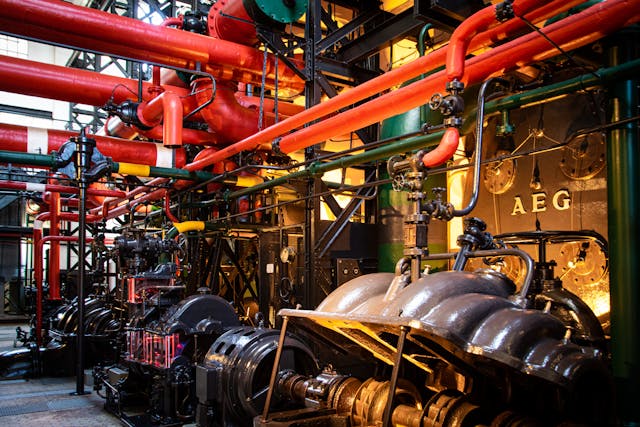
The global market for rheumatoid arthritis treatments is expected to grow at a CAGR of...
Learn More
Our consulting solutions address company specific challenges with respect to micro environment...
Learn More
Organizations frequently need day-today research guidancein order to gain strategic...
Learn More
Exploring different areas of market research and market analysis is a key factor...
Learn MoreAcute Market Reports presents the most extensive global business research services across industries. Our research studies focus on potential outcomes, benefits, and risks associated with each market segment across geographies. Having served our global clients for more than 10 years, our prime priority is to enable our clients in making well-informed business decisions through a data-driven, analytical, and uncomplicated research approach.
We provide access to the world's most comprehensive, analytical, and updated business intelligence services and solutions.




The height adjustable desk market is expected to grow at a CAGR of 4.5% during the forecast period of 2025 to 2033, driven by various factors that cater to the evolving needs of modern workspaces. This market offers ergonomic solutions that prioritiz...
Read More
The ducted heat pump market has witnessed significant growth, driven by rising energy efficiency demands, environmental sustainability concerns, and technological advancements. Ducted heat pumps, known for their ability to provide both heating and cooling efficiently, have become increasingly pop...
Read More
The global industrial explosion protection market is expected to grow at a CAGR of 6.6% during the forecast period from 2025-2033. The rising demand for food, metal, oil & gas, and energy is the primary factor that is expected to contribute to th...
Read More




